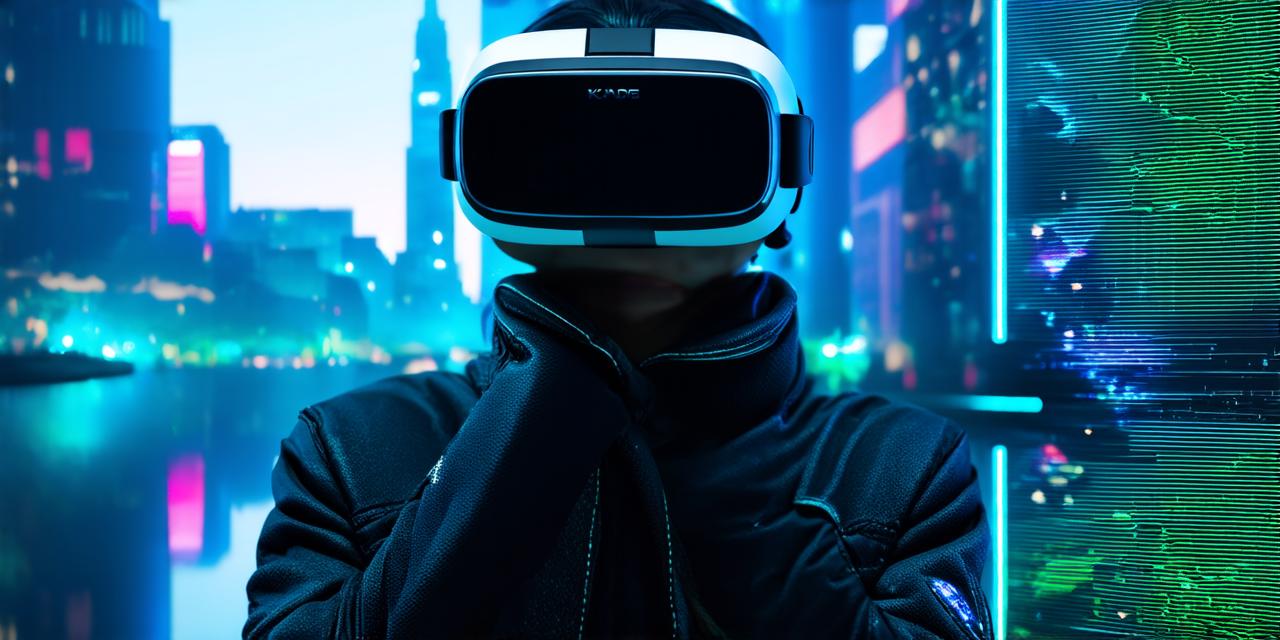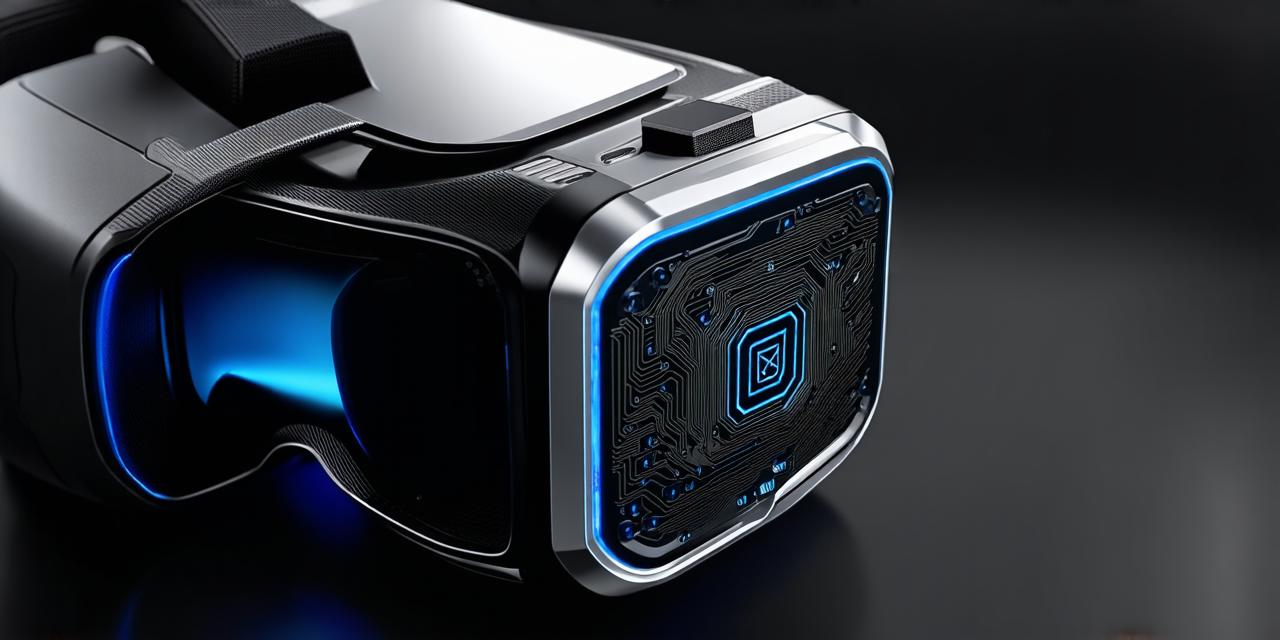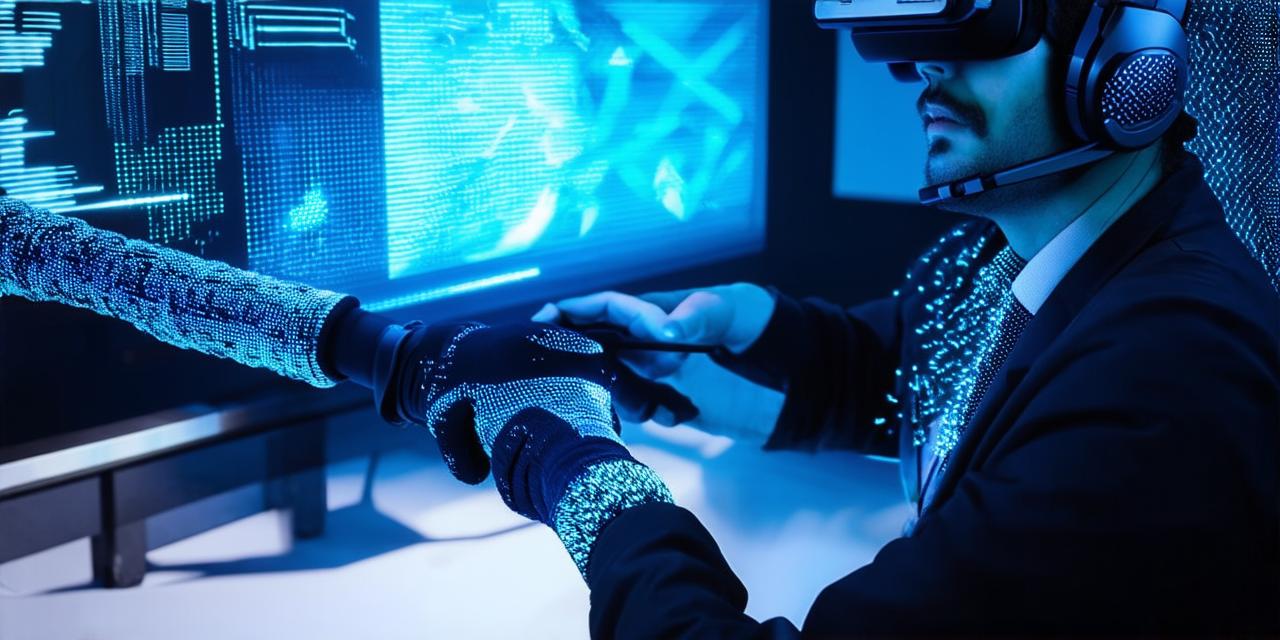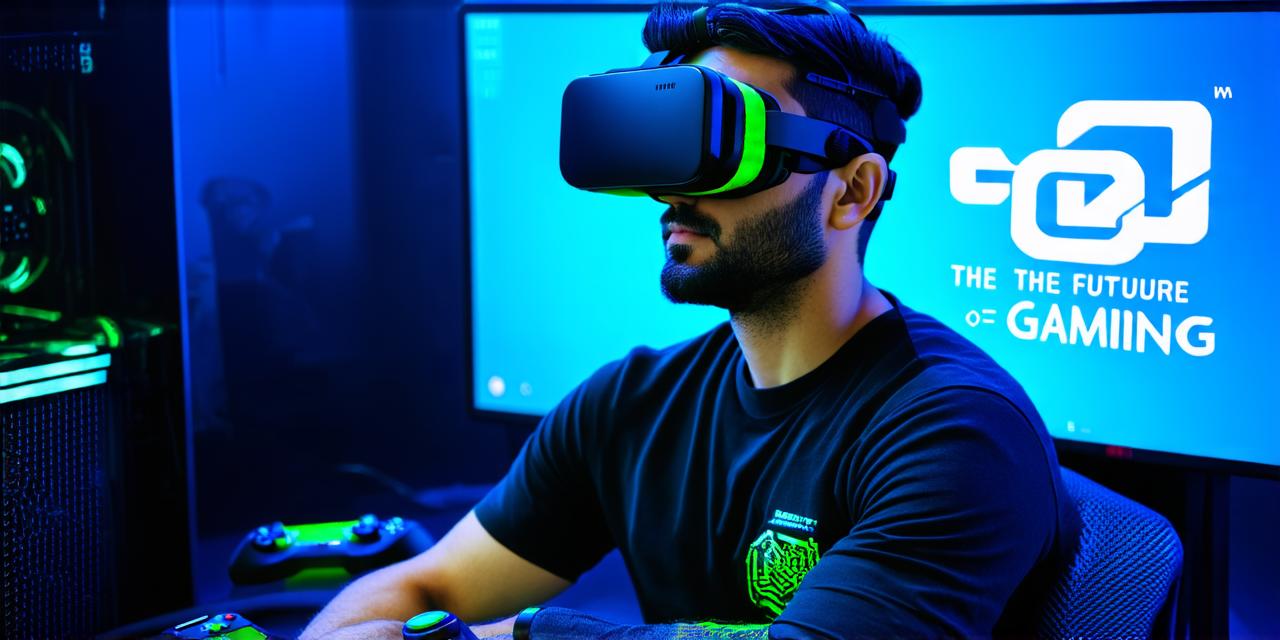What is Virtual Reality?
Virtual reality is a computer-generated simulation of a 3D environment that can be interacted with using specialized devices such as headsets, gloves, or controllers. These devices track the user’s movements and translate them into actions within the virtual world. VR technology has been around for decades but has only become mainstream in recent years due to advancements in hardware and software.
Virtual Reality vs Augmented Reality
While AR and VR are often used interchangeably, they are distinct technologies. AR is a real-world environment overlaid with digital content using a camera or display device. VR, on the other hand, is an entirely artificial environment created by computers. VR headsets are used to create a fully immersive experience by blocking out the real world and replacing it with a virtual one.
Virtual Reality in Gaming
Gaming has been one of the first industries to adopt VR technology, and it continues to be at the forefront of innovation. With VR gaming, users can step into their favorite game worlds and interact with characters and environments in ways that were previously impossible.
Virtual Reality in Education
Virtual reality has also found its way into education, allowing students to experience real-world scenarios without leaving the classroom. For example, medical students can perform surgeries in a virtual operating room, while history students can explore ancient civilizations as if they were living there. VR education has the potential to make learning more engaging and interactive, leading to better retention and understanding of complex concepts.
Virtual Reality in Training and Simulation
Training and simulation are other areas where VR technology is making a significant impact. For example, pilots can practice flying in a virtual cockpit, while soldiers can simulate battlefield scenarios without putting their lives at risk. VR training and simulation can be more cost-effective than traditional methods, as they do not require physical resources such as aircraft or equipment.
Virtual Reality in Entertainment
Virtual reality is also being used in the entertainment industry to create immersive experiences for viewers. For example, you can watch a movie in 360 degrees using VR headsets, giving you a feeling of being part of the action. VR entertainment has the potential to revolutionize the way we experience media, making it more engaging and interactive.
Virtual Reality in Travel and Tourism
Virtual reality is also being used in travel and tourism to allow people to explore destinations without leaving their homes. For example, you can take a virtual tour of the Great Barrier Reef or the Colosseum without ever setting foot on a plane or ship. VR travel and tourism has the potential to make travel more accessible and affordable for everyone.
Virtual Reality in Retail and Advertising
Virtual reality is also being used in retail and advertising to create unique shopping experiences. For example, you can try on clothes virtually using a VR headset, or explore a virtual store without ever leaving your home. VR retail and advertising has the potential to make shopping more fun and interactive for customers.
FAQs
1. What is the difference between virtual reality and augmented reality?
Virtual reality is an entirely artificial environment created by computers, while augmented reality is a real-world environment overlaid with digital content using a camera or display device.
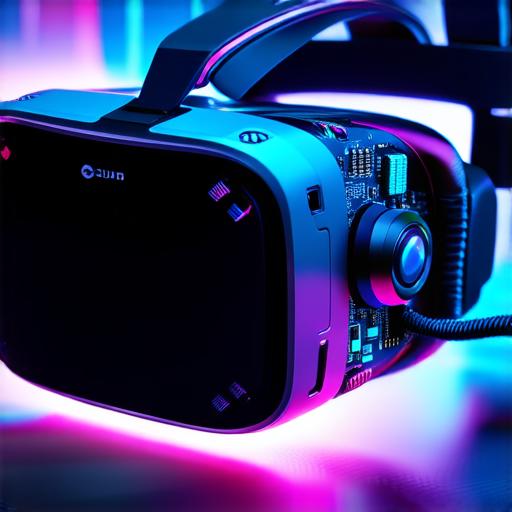
2. What are some common uses for virtual reality technology?
Virtual reality is commonly used in gaming, education, training and simulation, entertainment, travel and tourism, and retail and advertising.
3. What kind of devices are needed to experience virtual reality?
Special devices such as headsets, gloves, or controllers are needed to experience virtual reality.
4. Is virtual reality technology still new?
Virtual reality technology has been around for decades but has only become mainstream in recent years due to advancements in hardware and software.
5. How is virtual reality changing the world?
Virtual reality is changing the way we interact with digital content and experience the world around us. It is revolutionizing industries such as gaming, education, training and simulation, entertainment, travel and tourism, and retail and advertising.
Summary
Virtual reality technology has come a long way since its inception and continues to evolve at a rapid pace. AR developers are at the forefront of this movement, creating innovative solutions that combine augmented reality and virtual reality. As VR technology continues to advance, we can expect to see even more exciting applications across various industries.
